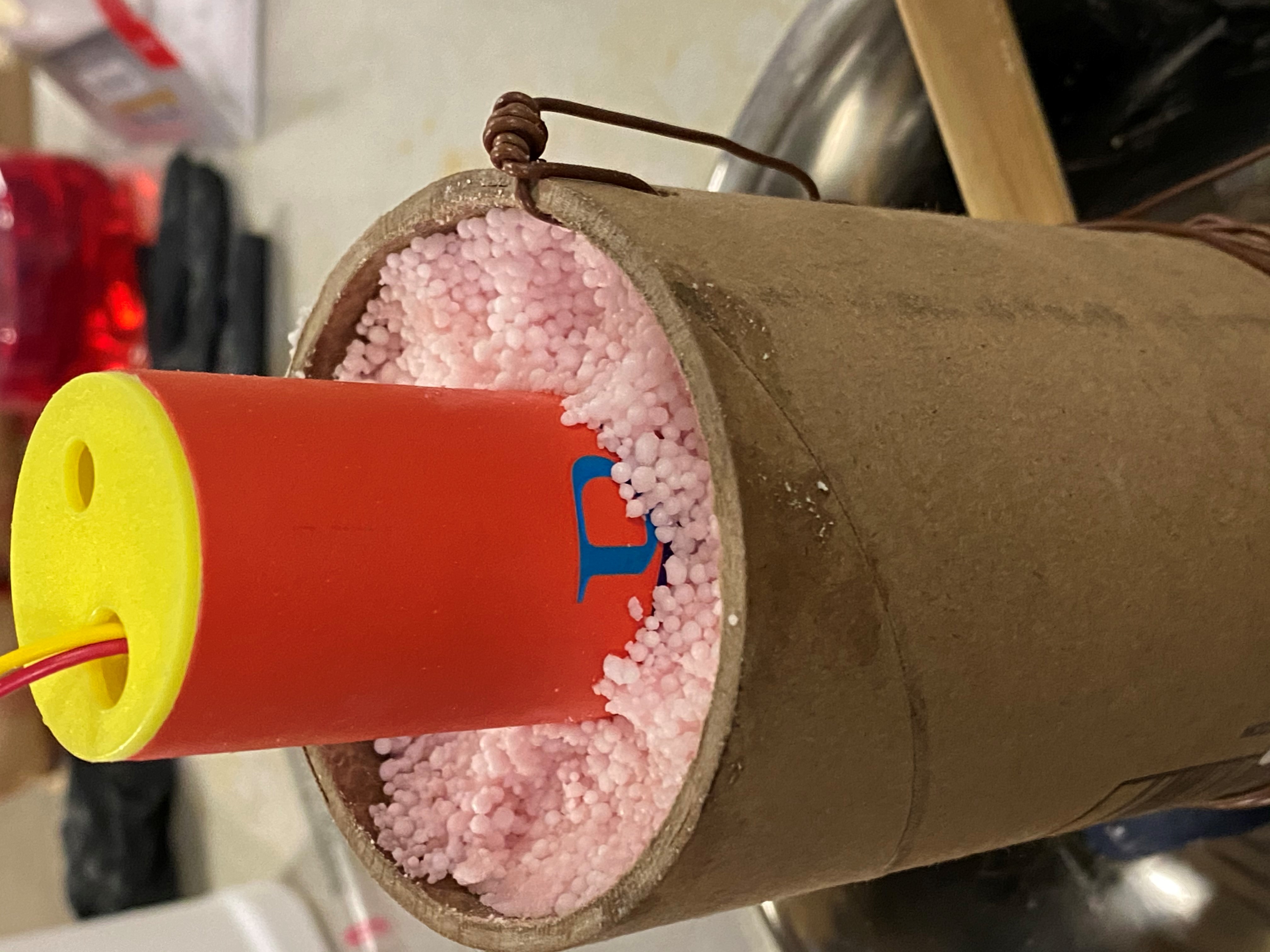News

Rock Characterization Lab connects faculty and students with industry
Earlier this year, we completed work on the GGPE Rock Characterization Laboratory (RCL), a 2,000-square-foot, multidisciplinary research space in McNutt Hall devoted to characterizing and testing geomaterials and associated fluids.
The RCL mission is to connect Missouri S&T faculty and students with industry through applied research and training. Students will explore the geochemical, petrophysical and geomechanical properties of rock, including their fabrics, strengths and heterogeneities. They will also examine the compositions of fluids – both natural and human-made – and their interactions with rocks to understand how both the fluid and rock properties change under different conditions.
Thanks to our generous donors, we purchased an X-ray fluorescence instrument (XFR) to quantify the amounts of different elements in solid samples such as rocks, soils and other materials – useful for such things as detecting contaminant metals in soils and sediments, measuring changes in volcanic rock to better understand magma processes and establishing paleoclimate proxies in sediment cores.
We have also purchased a mercury intrusion porosimeter, which measures the volume of pore spaces in rocks and other solid materials by using ultra-high pressure to push the mercury into the pores. This helps us model the strength and behavior of rock, measure the ability of rocks to transmit fluids such as oil and water, and see how pore space can change under different chemical conditions.
The XFR and mercury intrusion porosimeter will support research in GGPE and other S&T departments and will improve many classroom experiences through active learning using the equipment.
These new capabilities will enable industry research and education in geochemistry, geomechanics, hydraulic fracturing, enhanced oil and gas recovery, CO2 storage, multiphase fluid flow in porous media, and oil-and-gas and geothermal development technologies.

An alternative fuel source for mining explosives: Soybean oil
Dr. Mulligan is examining the use of soybean oil as an alternative fuel source for the common mining explosive ANFO. The soybean oil explosive has been dubbed ANSOY. The study examines how ANSOY performs relative to ANFO in cost, mining applications, and its effects on the environment. The mining industry uses approximately 3.5 billion pounds of ANFO annually. With 6 percent of ANFO being made from diesel (30 million gallons), there is potentially significant economic benefits to the Missouri Soybean industry, cost savings to the mining industry, and reduced environmental effects.

Marek Locmelis receives NSF CAREER award to investigate metal transport in the deep Earth
Dr. Marek Locmelis, assistant professor in the Department of Geosciences and Geological and Petroleum Engineering, received a prestigious Faculty Early Career Development (CAREER) award from the National Science Foundation (NSF). The five-year, $550.000 award will support his research on the source, transport and deposition of economically important metals in the lower continental crust.

Follow Geosciences and Geological and Petroleum Engineering